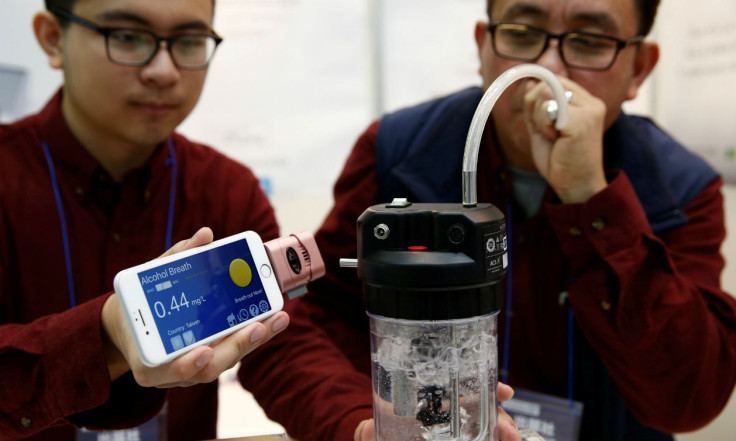Israeli scientist's invention detects the smell of disease

Israeli scientist Hossam Haick has created a ripple in the medical community with a product breakthrough called the "electronic nose." The device can detect the chemical patterns of exhaled volatile organic compounds (VOCs) in patients' breath. By sniffing disease at an early stage, the innovation contributes to greater chances for the patient's survival rate.
A pioneering spirit who devised the Electronic Nose (NA-NOSE) that can sniff out diseases, Professor Haick was able to finetune his cancer-detecting invention called NA-NOSE. An inexpensive alternative to traditional medical devices that confirm the presence of diseases like lung cancer, the NA-NOSE spots disease biomarkers passing from the bloodstream to the lungs and out through the breath.
The device, with sensors that utilise artificially intelligent nanoarrays, can even distinguish between lung, prostate, breast, head, neck and colorectal cancers. It is deemed a suitable medical device for patients since it necessitates no blood tests nor invasive biopsies.
Such a revolutionary nanotechnology invention won for Haick a €1.73 million (AU$2.82 million) Marie Curie Excellence Award in 2006 and a €1.8 million (AU$2.94 million) European Research Council award in 2010. Haick also heads a consortium of eight universities and firms bestowed a grant to develop advanced screening nanosensors for lung cancer.
In a study conducted by Haick with numerous other health specialists, breath samples were collected from 1,404 people from 2011 to 2014. The test subjects were either known to be healthy or to be suffering from one of 17 diseases, including eight different types of cancer, Crohn’s disease, irritable bowel syndrome and multiple sclerosis.
Analysis of the artificially intelligent nanoarray showed that each disease has its own unique breathprint. The presence of one disease would not screen out others.
Blind experiments showed that 86 percent accuracy could be achieved with the artificially intelligent nanoarray. It allowed both detection and discrimination between the different medical conditions examined. The study findings were recently published in the journal American Chemical Society Nano.
An expert in the field of nanotechnology and non-invasive disease diagnosis, Haick worked with the Israel Institute of Technology to develop the commercial device that has been tested for market launch. In the institute, he devised a screening tool made up of a desktop box with a tube into which a person exhales, sending his or her breath into an array of sensors; and an attached computer equipped with machine-learning software that can recognise patterns from those sensors.
Diseases used to be detected only by bulky machines in hospitals. The advent of disease-detecting devices that are portable and more cost-effective have emerged as suitable alternatives.
Haick said he started with lung cancer because it is very treatable in early phases. Lung cancer can take years to develop. Most people fail to notice something is wrong until later, when the disease has reached fatal stages.
By the time it is usually detected, more costly treatment may be necessary. Haick’s innovation is batting for early disease detection, making it a life-saving device for hundreds of thousands of people from all over the world every year.
Plans are afoot for the device to be miniaturised. Haick may be able to bring it onto smartphones by August 2018.





















